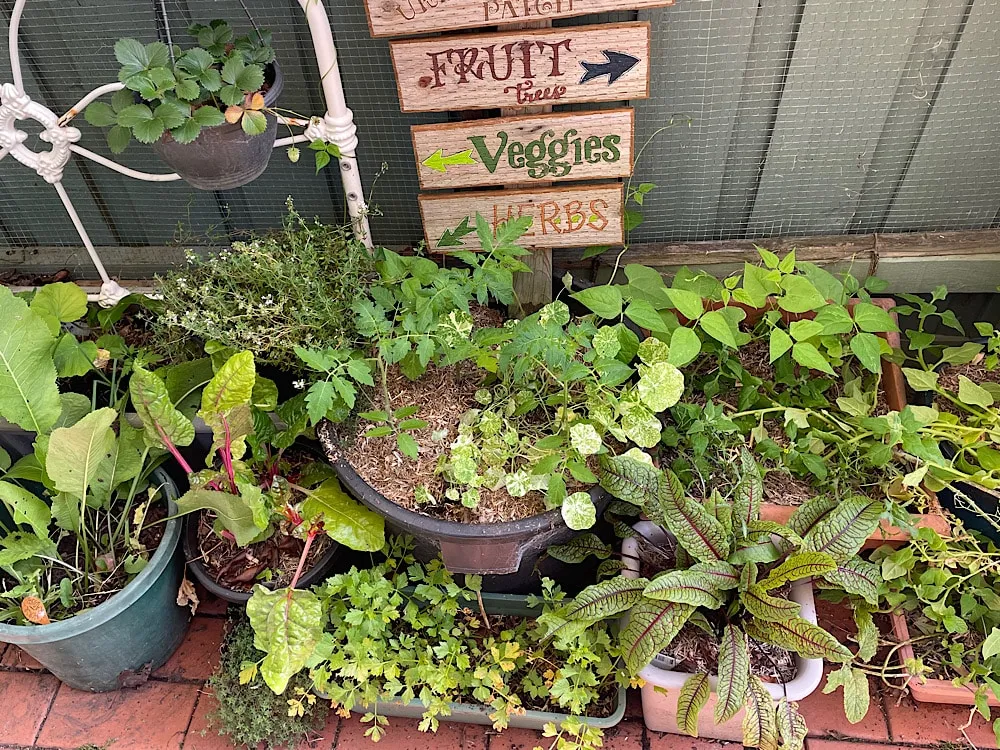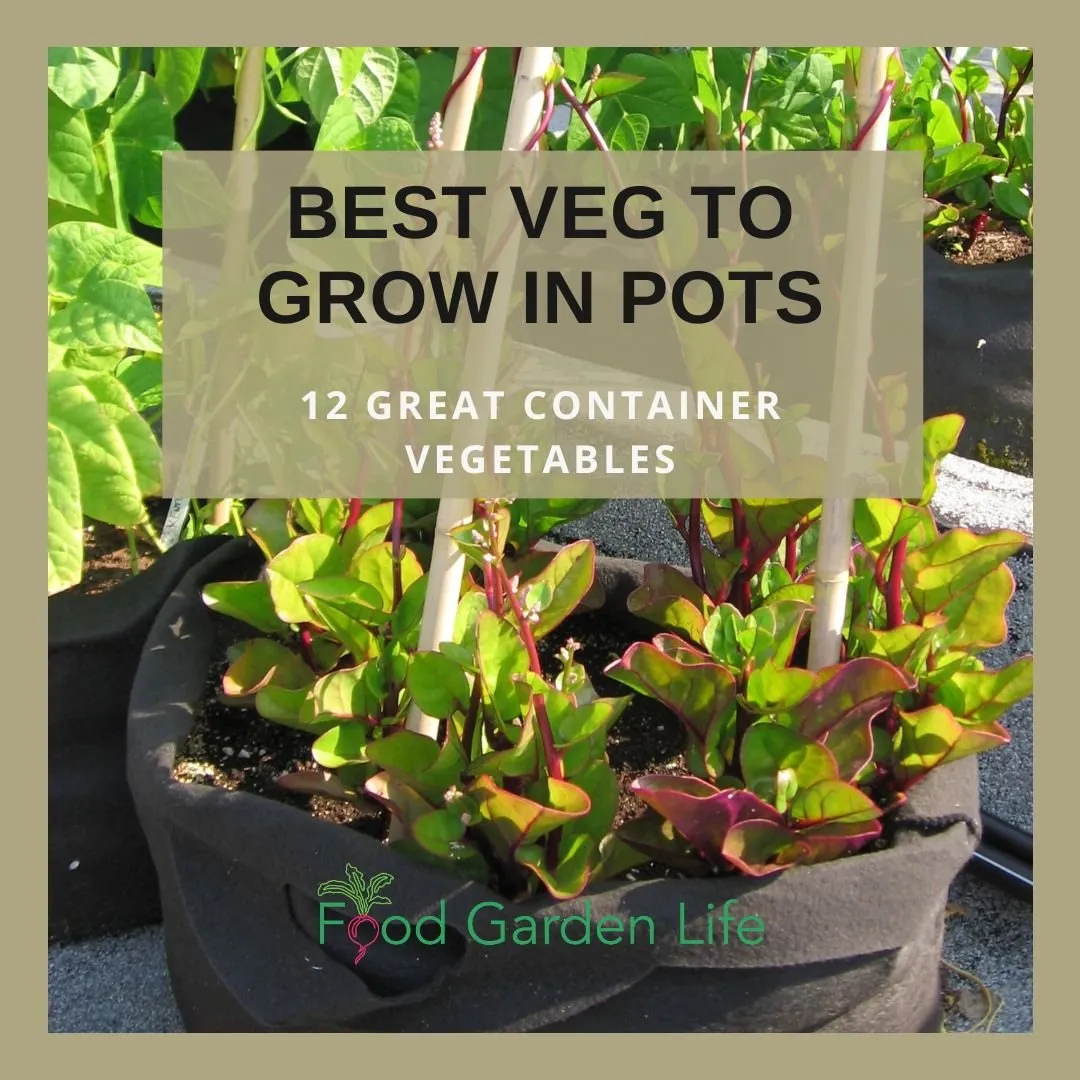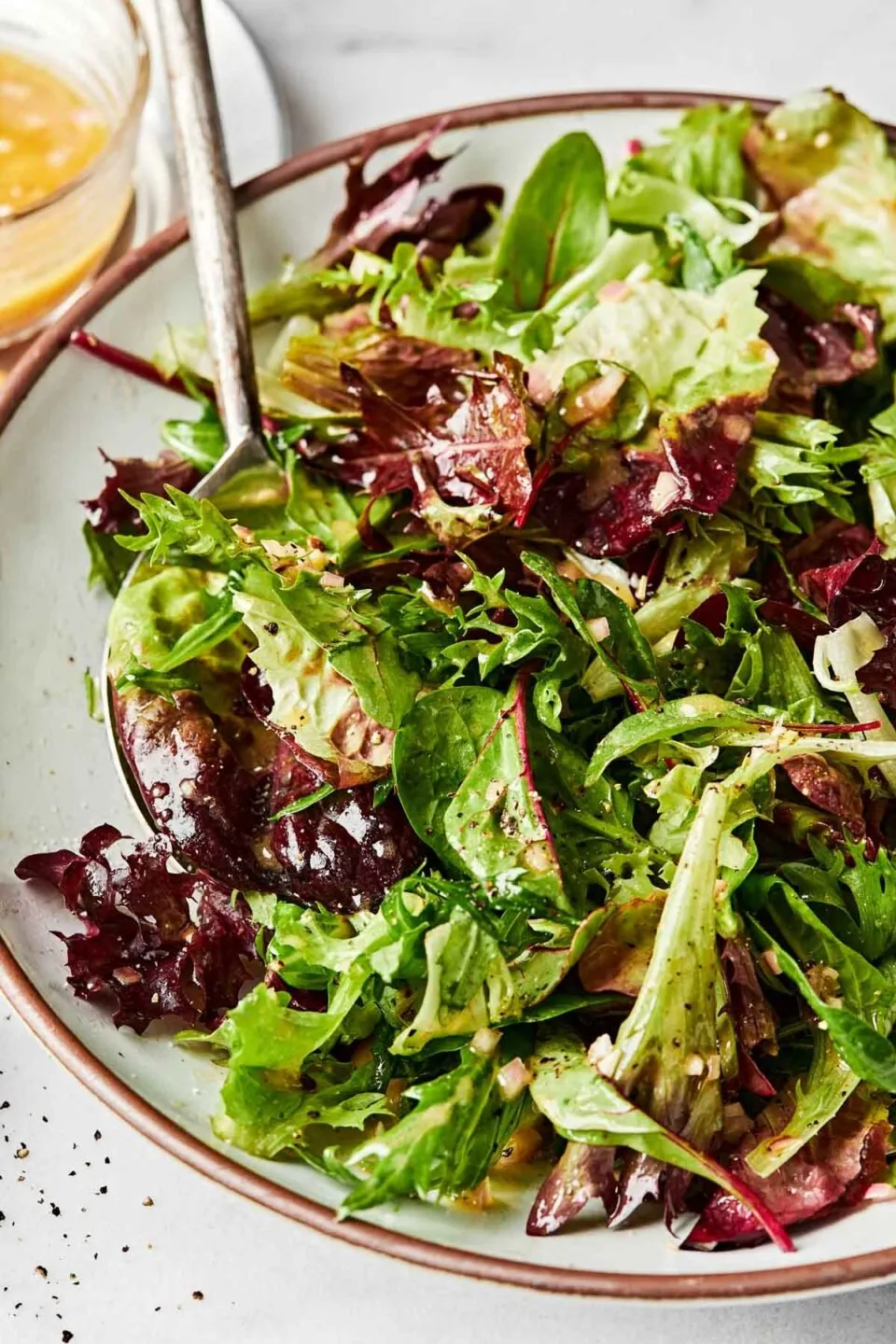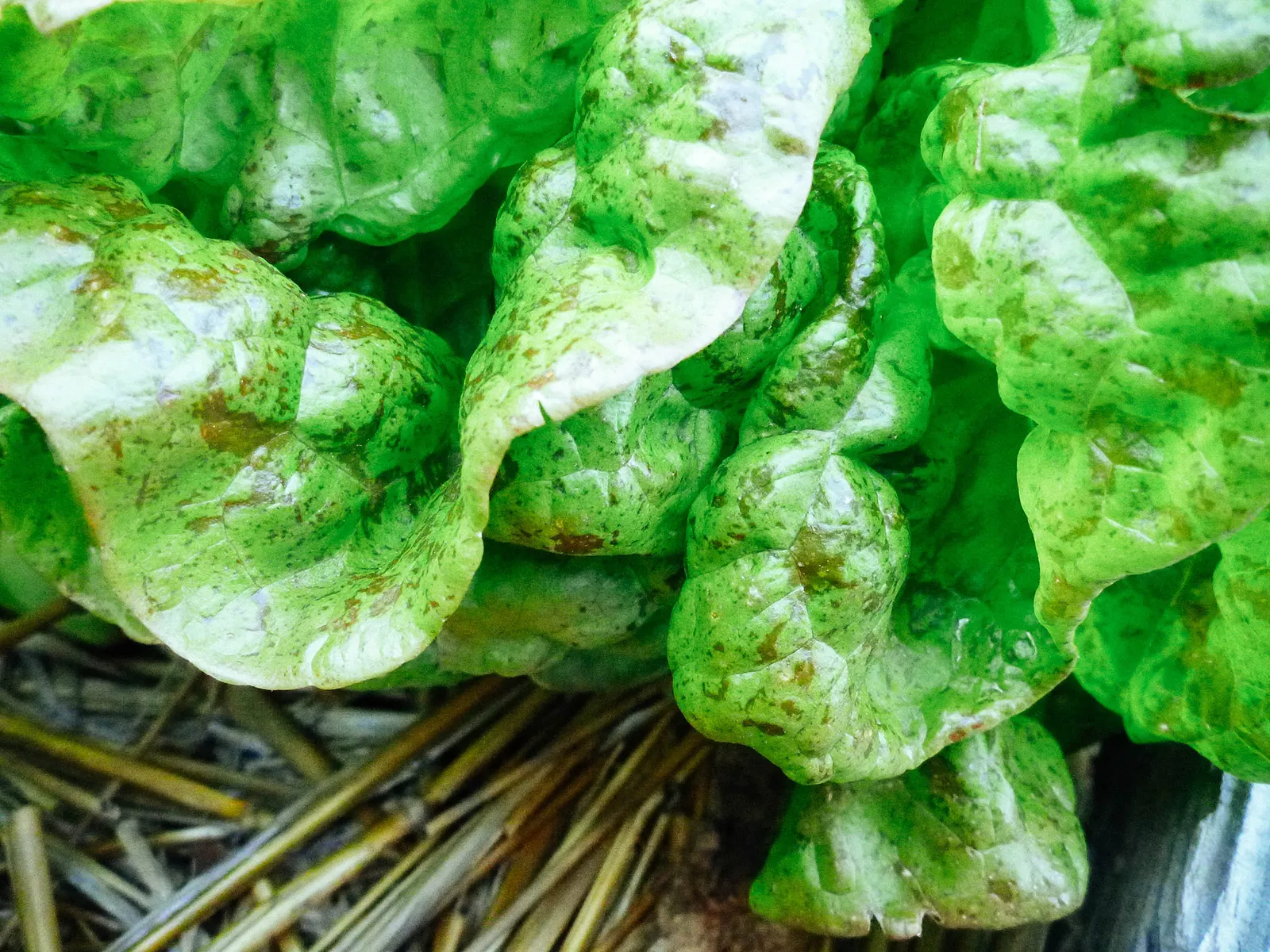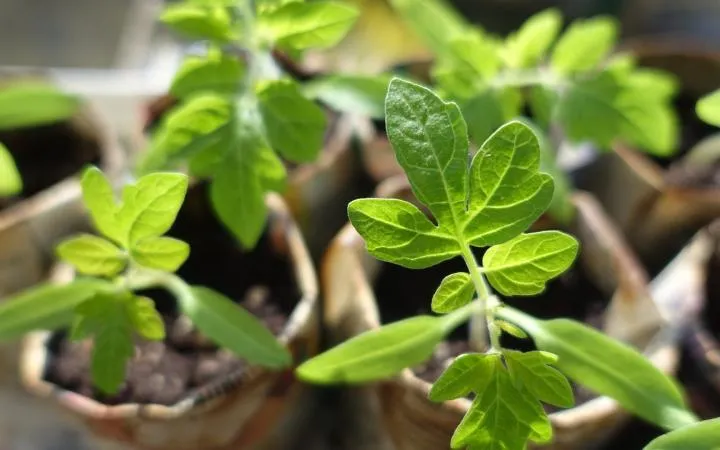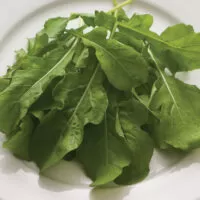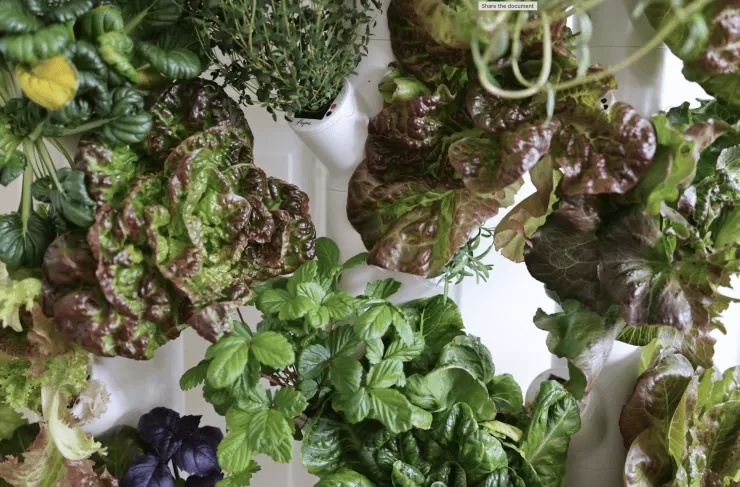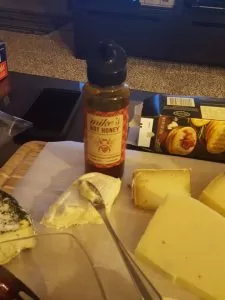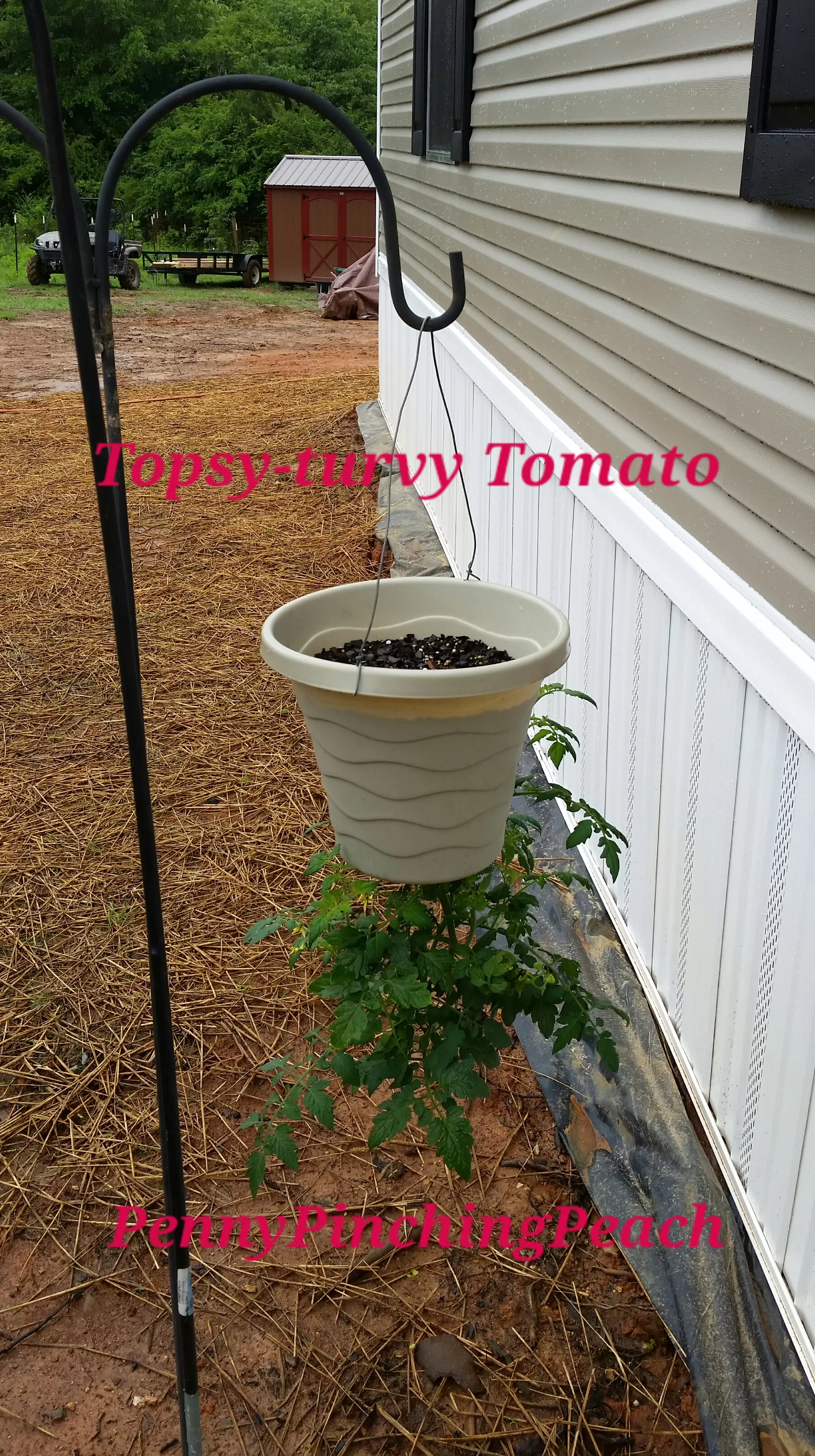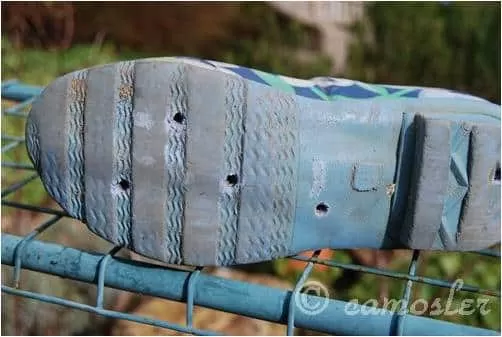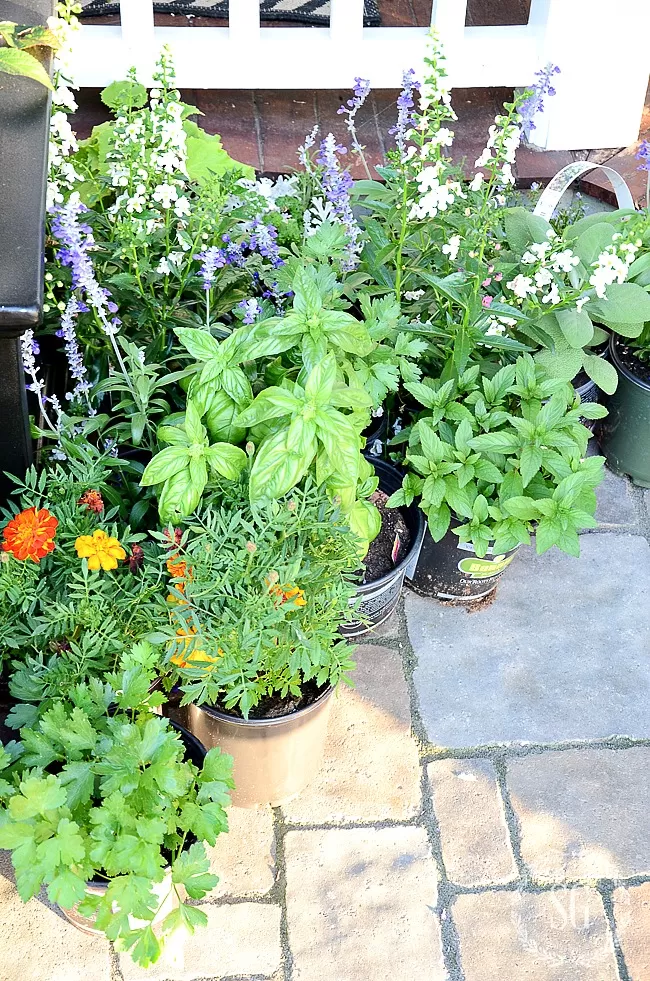- Perfect for patios, balconies, and windowsills
- Yield abundant peppers even with limited space
- Offer a wide variety of heat levels and flavors
- Add vibrant color and life to your home garden
- Simple and rewarding for gardeners of all levels
Dreaming of fresh, homegrown peppers but think you don’t have enough space? Think again! Compact pepper plants are a fantastic solution for anyone looking to cultivate a spicy (or sweet!) harvest without a sprawling garden bed. Whether you have a cozy balcony, a sunny patio, or even just a bright windowsill, these miniature powerhouses are ready to deliver delicious results. Let’s dive into the world of space-saving peppers and discover the best varieties and tips for successful container gardening.
Contents
- Why Choose Compact Pepper Plants for Container Gardening?
- Top Compact Pepper Varieties for Your Container Garden
- Patio Fire & Ice Peppers
- Shishito Peppers
- Bulgarian Carrot Peppers
- Ancho Poblano Peppers
- Cayenne Peppers
- Thai Hot Peppers
- NuMex Easter Peppers
- Goat Horn Peppers
- Fushimi Peppers
- NuMex Twilight Peppers
- Essential Tips for Growing Compact Pepper Plants in Containers
- Ensure Proper Drainage
- Manage Sunlight and Heat
- Provide Nutrients
- Choose Companion Plants Wisely
Why Choose Compact Pepper Plants for Container Gardening?
Container gardening is a wonderfully flexible way to grow your favorite plants. It allows you to control the soil, move plants to optimize sunlight, and transform even the smallest areas into productive green spaces. Compact pepper plants are ideally suited for this style of gardening because they are bred to remain smaller and often bushier, fitting comfortably into pots and planters. They offer the same flavor and yield potential as their larger counterparts but in a conveniently sized package.
Top Compact Pepper Varieties for Your Container Garden
Finding the right variety is key to a successful container pepper patch. Here are some fantastic compact options known for their manageable size and generous yields:
Patio Fire & Ice Peppers
If you’re looking for a truly tiny plant, the Patio Fire & Ice is a champion. Growing only up to 10 inches tall, this little beauty produces clusters of colorful peppers that ripen from green through yellow to red.
- Scientific Name: Capsicum Annuum
- Heat Level (SHU): 5,000
- Origin: USA
- Plant Height: 10 inches
These upward-growing pods are mildly flavored and incredibly handy. They are perfect for any container, including hanging baskets, or even kept indoors on a sunny windowsill for fresh peppers on demand.
 Patio Fire & Ice compact pepper plants growing in a cluster in a pot
Patio Fire & Ice compact pepper plants growing in a cluster in a pot
Shishito Peppers
A favorite in Japanese cuisine, Shishito peppers are known for their mild, smoky-citrusy flavor and occasionally surprising hot one (about 1 in 10!). While they reach about 2 feet vertically, they do appreciate some width to spread.
- Scientific Name: Capsicum Annuum
- Heat Level (SHU): 2,500+
- Origin: Japan
- Plant Height: 2 ft.
Shishito plants are great container growers and often provide an early bounty of their distinctively wrinkled pods. Give them a spot on your patio or porch where they have a bit of room to stretch out horizontally.
 shishito compact pepper plant growing in a pot
shishito compact pepper plant growing in a pot
Bulgarian Carrot Peppers
True to their name, these vibrant orange peppers resemble small carrots. They offer a crisp texture and a fruity flavor with a decent kick, perfect for salsas, sauces, or fresh use.
- Scientific Name: Capsicum Annuum
- Heat Level (SHU): 20,000-30,000
- Origin: Bulgaria
- Plant Height: 2 ft.
Bulgarian Carrot plants are relatively easy to grow in containers and are quite prolific. A great advantage is their ability to handle cooler temperatures better than some other pepper varieties, making them versatile for various climates.
 two bright orange bulgarian carrot peppers on a surface
two bright orange bulgarian carrot peppers on a surface
Ancho Poblano Peppers
These heart-shaped beauties are a staple, known as Poblano when fresh and Ancho when dried. They offer a mild heat and are incredibly versatile in the kitchen.
- Scientific Name: Capsicum Annuum
- Heat Level (SHU): 1,000-1,500
- Origin: Mexico
- Plant Height: 2.5 ft.
Though they can reach two and a half feet, Ancho Poblano plants are heavy producers, yielding a large number of peppers per plant. Their abundance makes them excellent for container growing, ensuring you have plenty to use fresh, dry, or even pickle for later.
 dark green ancho poblano peppers on a countertop
dark green ancho poblano peppers on a countertop
Cayenne Peppers
A classic spicy pepper, Cayennes are easy to manage and add a lively splash of red to your container garden. Their slender, pointed shape is instantly recognizable.
- Scientific Name: Capsicum Annuum
- Heat Level (SHU): 30,000-50,000
- Origin: USA
- Plant Height: 2-4 ft.
Cayenne plants thrive in containers with plenty of sunshine and warmth. While their height can vary, choosing a sufficiently large pot will allow them to reach their full potential and produce plenty of peppers around 4-6 inches long.
 cayenne compact pepper plant with red peppers
cayenne compact pepper plant with red peppers
Thai Hot Peppers
Don’t let their small size fool you – Thai Hot peppers pack serious heat! These compact plants are incredibly productive, bursting with clusters of colorful, fiery pods.
- Scientific Name: Capsicum Annuum
- Heat Level (SHU): 50,000-100,000
- Origin: Thailand
- Plant Height: 1.5 ft.
Growing only about a foot and a half tall, a single Thai Hot plant can produce up to 200 one-inch peppers. They are an excellent choice for indoor container growing and add intense heat to any dish.
 thai hot peppers growing in an upward cluster on a compact plant
thai hot peppers growing in an upward cluster on a compact plant
NuMex Easter Peppers
As the name suggests, these are ornamental peppers that showcase a beautiful array of pastel colors as they ripen. Growing upwards like tiny jewels, they are a feast for the eyes.
- Scientific Name: Capsicum Annuum
- Heat Level (SHU): 30,000-50,000
- Origin: USA
- Plant Height: 1 ft.
NuMex Easter plants are compact, typically reaching only about a foot tall, making them perfect for containers on porches or patios. Unlike many purely ornamental varieties, these teardrop-shaped peppers are quite mild for their heat level and can be used in cooking or eaten fresh. It’s no wonder they won an All-American Selections award!
 numex easter ornamental compact pepper plant with pastel colored peppers
numex easter ornamental compact pepper plant with pastel colored peppers
Goat Horn Peppers
A popular type of Cayenne, Goat Horn peppers get their name from their slightly curved shape. These prolific plants produce attractive, bright red pods with smooth, shiny skin.
- Scientific Name: Capsicum Annuum
- Heat Level (SHU): 20,000-50,000
- Origin: Thailand
- Plant Height: 2-3 ft.
While they can grow up to 3 feet, Goat Horns are still well-suited for container gardening, provided they have a large enough pot to accommodate their growth. Their medium-thick walls make them versatile for chopping fresh or drying into chili powder.
 image of bright red goat horn peppers
image of bright red goat horn peppers
Fushimi Peppers
Offering a wonderfully sweet flavor with absolutely no heat, Fushimi peppers are a delight, especially in Asian cuisine. These slender, 6-inch pods are often compared to Shishitos but have a crispier texture and sweeter taste.
- Scientific Name: Capsicum Annuum
- Heat Level (SHU): 0
- Origin: Japan
- Plant Height: 2-3 ft.
Fushimi plants are excellent container candidates as they are quite compact and adaptable, thriving both indoors and outdoors. They produce an abundant harvest of these sweet, stringy peppers.
 green fushimi pepper growing on compact plant in a pot
green fushimi pepper growing on compact plant in a pot
NuMex Twilight Peppers
Another stunning ornamental variety, NuMex Twilight plants are compact wonders that paint your garden with vibrant hues. Their upright-growing pods transition through shades of yellow, orange, red, and purple, creating a beautiful display.
- Scientific Name: Capsicum Annuum
- Heat Level (SHU): 30,000-50,000
- Origin: USA
- Plant Height: 1.5 ft.
Reaching about a foot and a half tall, these plants are perfect for adding color and a touch of heat to containers. While they look like ornamental flowers, their fiery pods can be harvested and used in cooking, packing a punch similar to Tabasco or Cayenne.
 colorful numex twilight peppers on a compact plant
colorful numex twilight peppers on a compact plant
Essential Tips for Growing Compact Pepper Plants in Containers
Successfully growing compact pepper plants in pots is straightforward if you follow a few key principles:
Ensure Proper Drainage
This is perhaps the most critical tip. Your container must have drainage holes at the bottom. Without them, excess water has nowhere to go, leading to soggy soil and root rot, which will quickly kill your plant. Use pots with existing holes or drill/punch your own carefully.
Manage Sunlight and Heat
Compact pepper plants, like most peppers, crave sunshine and warmth. However, containers heat up faster than garden beds. Ensure your plants get enough sun (usually 6-8 hours daily), but keep an eye on the soil moisture, especially during hot periods. Containers can dry out quickly!
Provide Nutrients
Plants in containers rely entirely on you for nutrients. Use a good quality potting mix, ideally one that’s been amended with some slow-release fertilizer before planting. As the plant grows and starts producing fruit, you’ll need to feed it regularly with a balanced liquid fertilizer according to the product’s instructions. Be mindful of the type of fertilizer, opting for organic options to support healthy soil life if possible.
Choose Companion Plants Wisely
Just like in a traditional garden bed, friendly neighbors can benefit your pepper plants. When planting multiple things in containers, choose companion plants that have similar light and water needs. Herbs like basil or oregano, or flowers like marigolds, can make great container companions for peppers.
 compact pepper plants in various pots arranged on stone steps
compact pepper plants in various pots arranged on stone steps
Growing compact pepper plants in containers is a rewarding experience that brings fresh flavor and vibrant color to any small space. With the right variety and a little care, you’ll be harvesting your own peppers in no time.
Ready to start your own container pepper patch? Explore the possibilities and share your growing journey with us! Do you have a favorite compact pepper variety? Let us know in the comments below! Find more gardening inspiration and tips on our blog.


